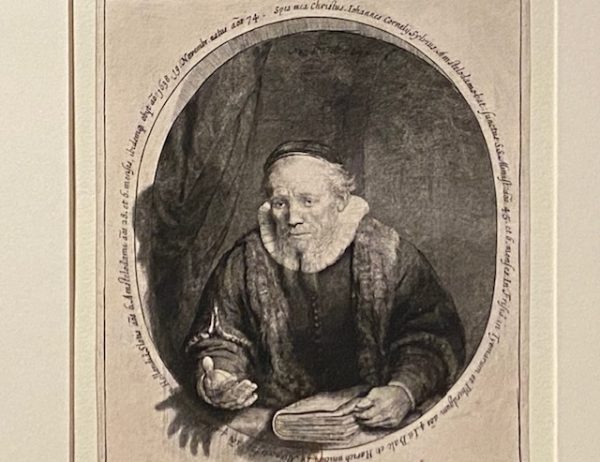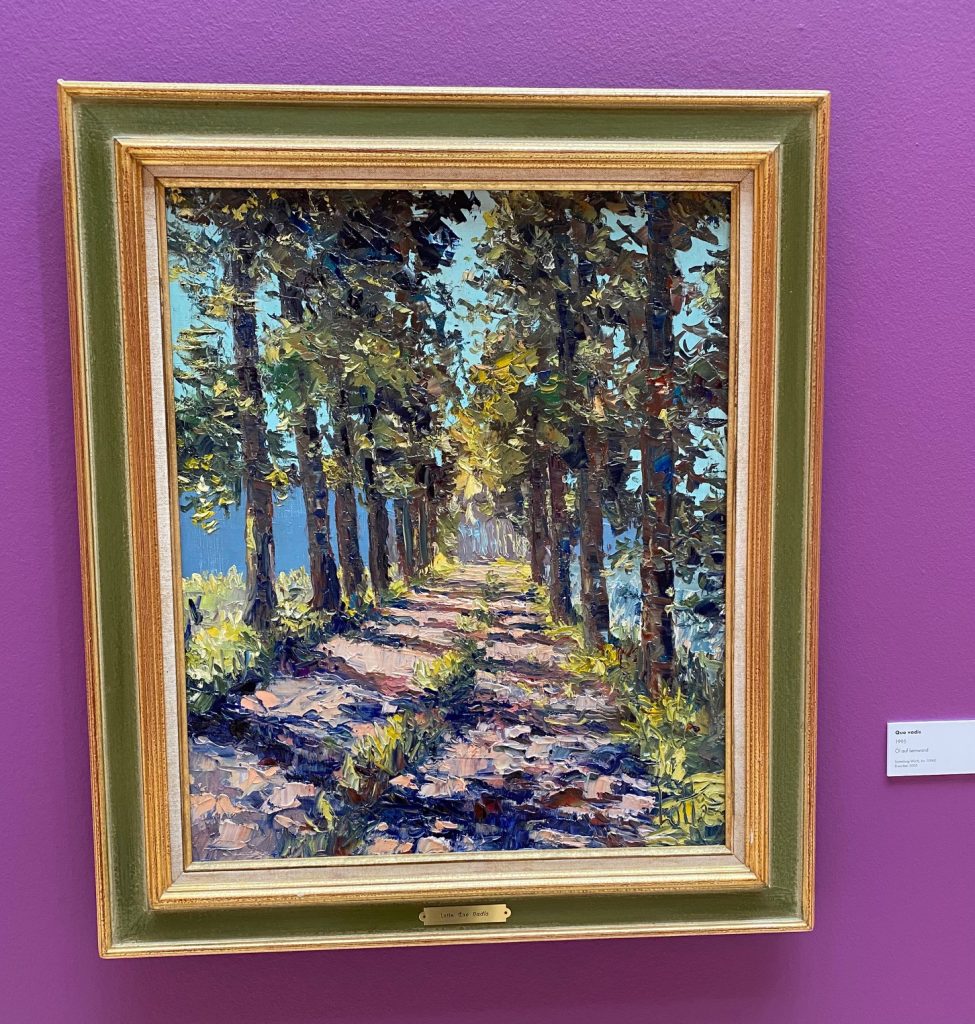Rembrandt depicted in the 17th century not only the university professor Sylvius, but the reader and presenter based on his readings as well as professional experience. The combination of studies in medicine and philosophy have confronted the lifelong reader with lots of unresolved issues at that time. Nevertheless, he seems ready to argue with his profession, students public or the public. His hand is shown with an outreaching gesture. The scientist is not depicted in the reading pose next to lots of other books in the background or in a library. The image chosen by Rembrandt stresses the discourse and discussion as part of the scientific or research and teaching process. (Image BNF, 2025 exhibition “L’Europe partagé”).




